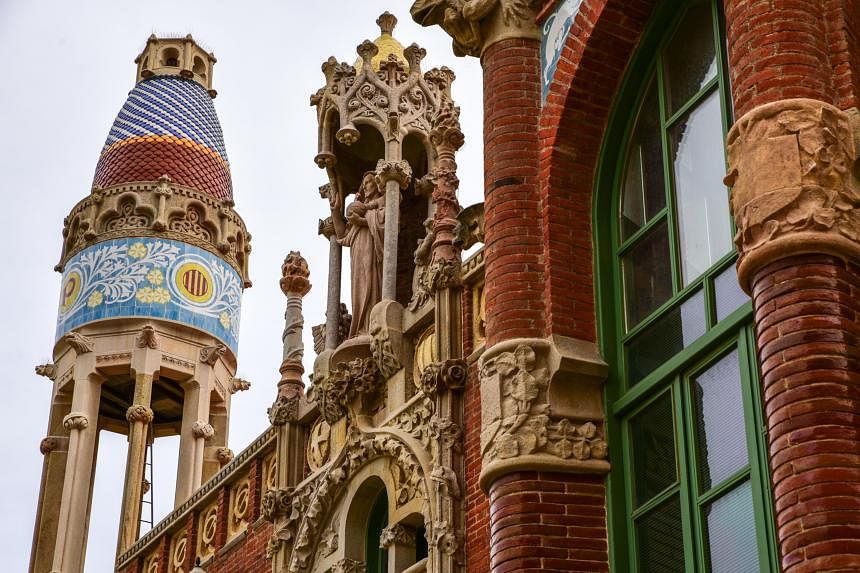BARCELONA – Antoni Gaudi’s fantastical buildings dominate Barcelona’s cityscape and millions of visitors have gazed at his colossal church La Sagrada Familia, the gardens of Park Guell and the Casa Vicens mansion, his first major work.
His legacy has cast an enormous shadow over a genius colleague, Lluis Domenech i Montaner (1850-1923). Many who visit this Spanish city to admire its Catalan Modernism architecture might not know that several wonders were created not by Gaudi, but Domenech i Montaner, who helped pioneer this dynamic and vibrant architectural style.
In fact, Gaudi died in 1926 in Domenech i Montaner’s finest creation.
Sant Pau Recinte Modernista is the most extraordinary hospital I have seen. So intricate was Domenech i Montaner’s design that it took almost three decades before this complex was completed in 1930. Eschewing the drab, clinical appearance associated with medical facilities, he went colourful and lavish.
Every building within this former hospital, now an open-air museum and a Unesco World Heritage site, is embellished by bold flourishes. Polychromatic light floods some interiors through stained-glass windows.
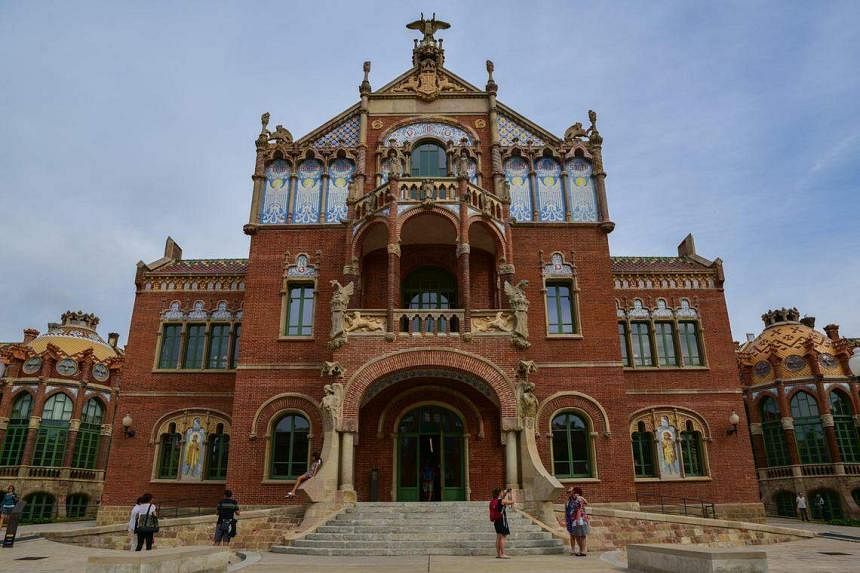
Spires are dramatic ornaments, mosaics cover walls, windows are curved and whimsical. Dozens of sculptures add to this mix.
It feels like a setting for a fairy tale, not an operation. He envisaged the hospital as a mini-neighbourhood of 27 buildings set within landscaped parkland. The hospital closed in 2009 and was reborn as a cultural facility five years later.
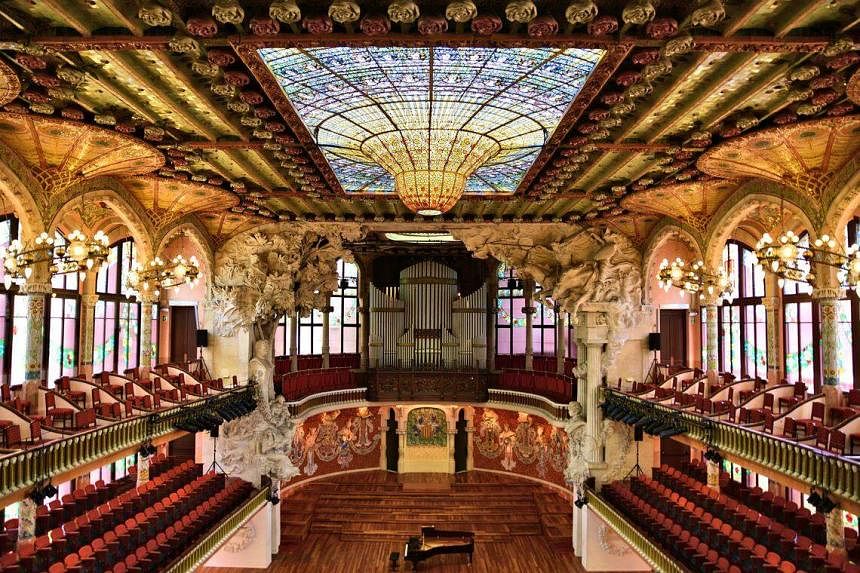
To get a feel of his wizardry, visit the Palau de la Musica Catalana concert hall. This work is even more sumptuous. Completed in 1908, its interior is so bright and bold that it is a wonder audiences can focus on what is taking place on stage.
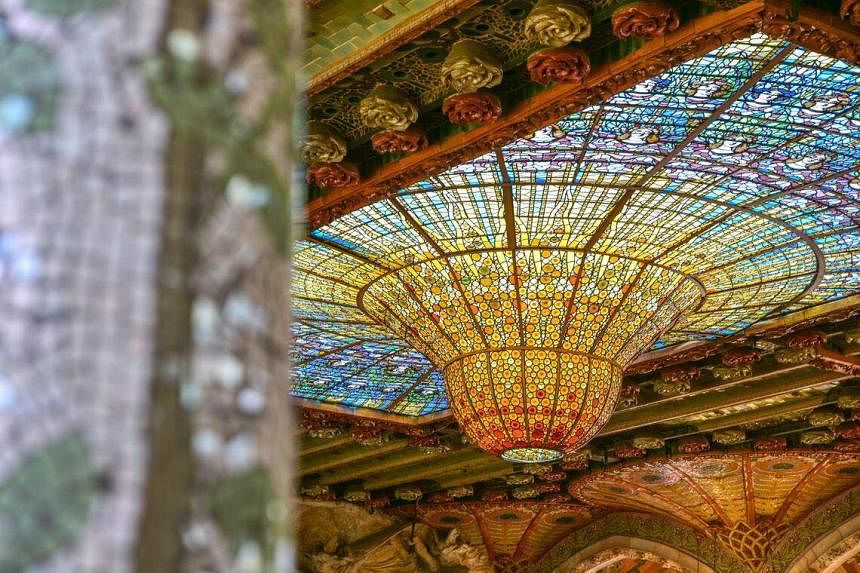
While Domenech i Montaner has a low profile internationally, Barcelona has not forgotten him.
To commemorate the 100th anniversary of his death on Dec 27, 2023, an array of events was organised by the Lluis Domenech i Montaner Foundation, the Lluis Domenech i Montaner Centre of Studies and the municipality of Barcelona.
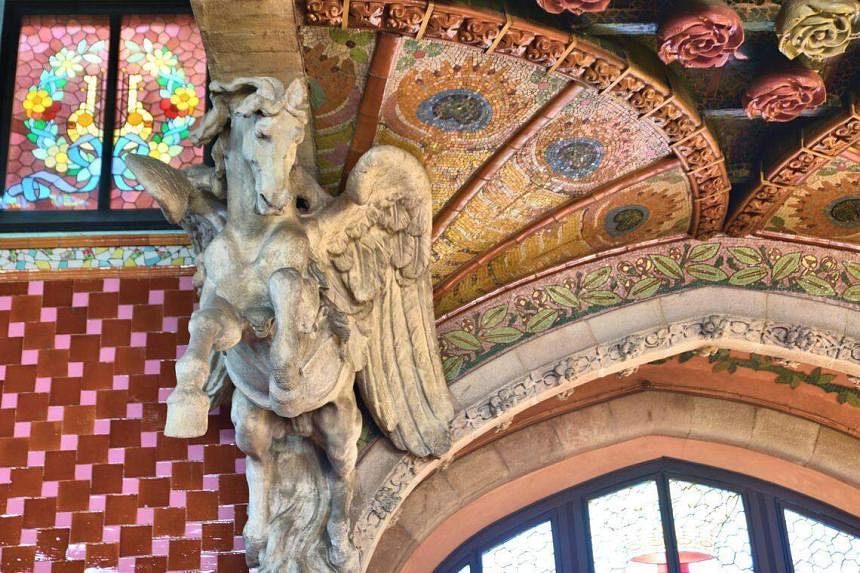
At one exhibition, visitors learnt how his buildings did not simply stand alone as architectural jewels. They also blended into Barcelona and enhanced its functionality as a city.
There is an exhibition, held till June 30 at the Lluis Domenech i Montaner House-Museum in Canet de Mar, an attractive beachside town on the northern outskirts of Barcelona. It is spread across two buildings: the 16th-century Rocosa Manor, and Domenech House, which he designed and where he lived at times late in his life.
While Domenech House showcases his style, its interior features artefacts and display boards that explain his life and legacy. The new Domenech And Montaner: Modernism And Modernity in Canet de Mar exhibition builds on this by delving into the specifics of his architecture.
Meanwhile, the city’s tourism website provides a walking trail (str.sg/H4gC) that passes 13 structures linked to his life.

It starts at the former hospital, then weaves south-west through downtown Barcelona to the spectacular Casa Fuster.
Now one of Barcelona’s most distinctive hotels, it was Domenech i Montaner’s final project in Barcelona. He completed it in 1911 as a lavish home for one of the city’s wealthiest families. Casa Fuster synthesises Modernism and neo-Gothic designs, and has a commanding marble facade decorated by pink columns.
Like all his projects, it demands to be photographed. In this way, his works seem built for social media. Perhaps their photogenic properties will see this overlooked architect gain some belated recognition. A century after his death, he remains hidden by Gaudi.
- The writer is an Australian journalist who has long been fascinated by the variety of historic architecture in European cities.
